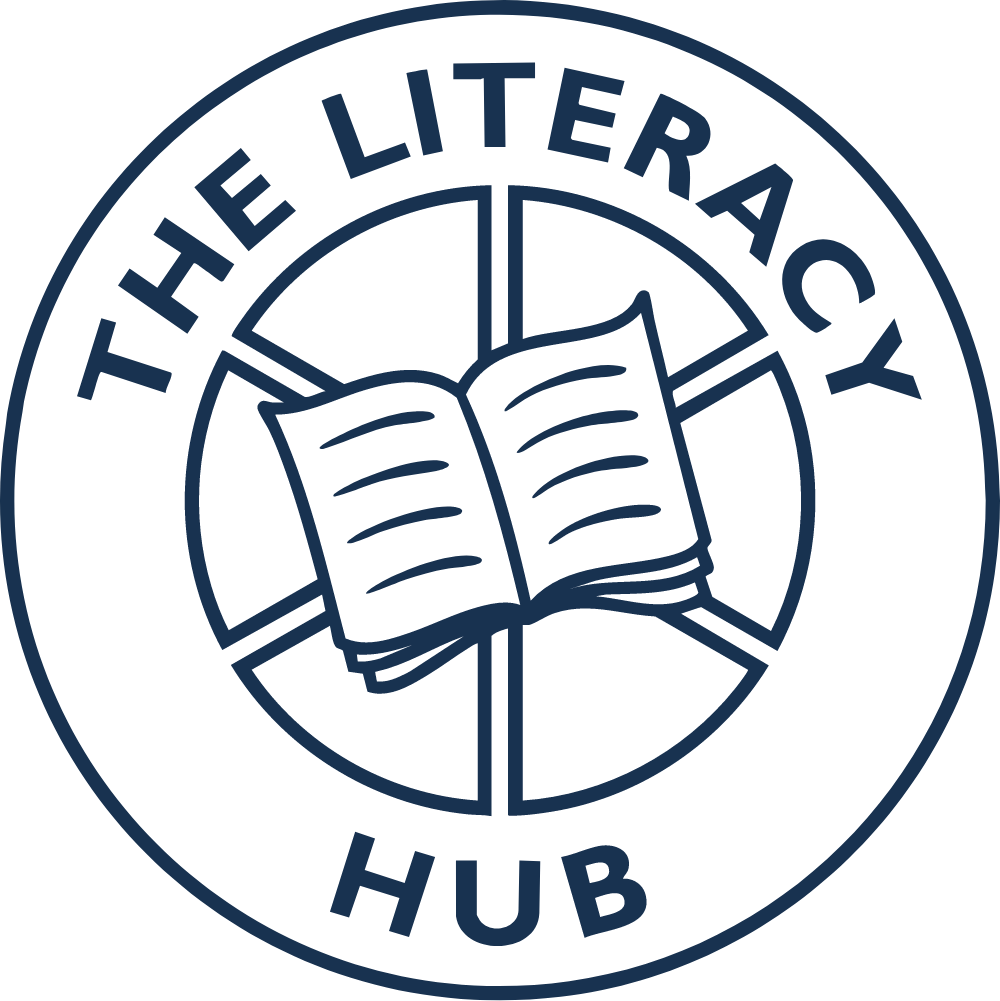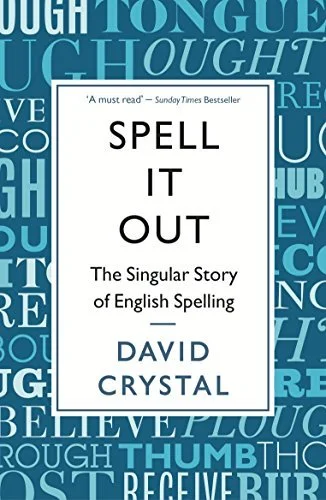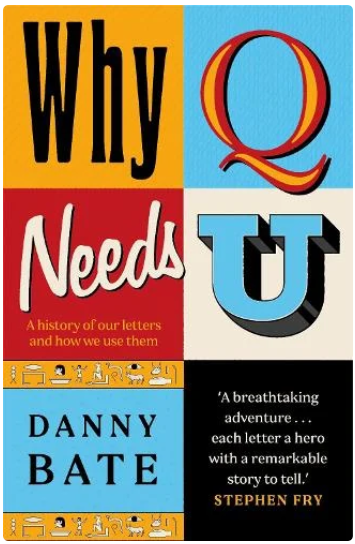Top etymology recommendations for teachers of literacy
The complexities and irregularities of English spelling can be really frustrating for students. However, if students can understand why a word is spelled in a ‘weird’ way, it can help to ease that frustration and develop a more positive attitude to spelling.
But if you’re going include etymology (the study of the origins of words) in your spelling instruction, you need a basic knowledge of the history of English. So, here are a few recommendations to get you started…
For a teacher-friendly overview
Spell It Out: The Singular Story of English Spelling by David Crystal
An easy but informative read that takes you through a chronology of the main influences on English spelling. Professor David Crystal is one of the most eminent linguists in the UK, but this is an accessible introduction to English etymology, with enough detail to be useful, but not so much as to be overwhelming.
To fully understand your ABCs
Why Q Needs U by Danny Bate
A superbly-written guide to the history of the alphabet, Why Q Needs U tells the origin story of each letter, and explains many ‘irregularities’ in English spelling. Although the book takes you through the alphabet letter-by-letter, Danny Bate has skilfully incorporated a chronological overview of the development of the alphabet within this structure. He describes how the alphabet has evolved to accommodate different languages and changing sounds, and explains why certain spelling conventions developed.
For an analytical approach
Beneath the Surface of Words by Sue Scibetta Hegland
Beneath the Surface of Words is not a book about etymology – it has just one chapter and an appendix devoted to the subject. However, Sue Hegland sets etymology in the context of other influences on spelling, including morphology, grammar and spelling conventions, so that you can see how they all work together.
Etymology in a teaching context
Unlocking Literacy by Marcia K. Henry
Unlocking Literacy by Marcia K. Henry is written for literacy teachers, and it presents etymology in the context of why it is useful, and how it can feed into decoding and spelling instruction. If you want to focus directly on how to use etymology in your teaching, this is the book for you. Not only does it have a short history of the ‘layers’ of etymological influences on English and how they affect spelling, but it also gives examples of how to integrate etymology into your teaching AND it has a massive appendix of useful words to support teaching.
For a whimsical journey
Backpocket Words by Gail Portnuff Venable
This is an exploration of words with interesting or unexpected etymologies and connections. While taking you on a gentle ramble through word histories, Gail Portnuff Venables teaches a lot about the principles of spelling, and how to represent the structure of words and the connections between them.
If you’re really interested…
Over the course of 185 episodes (and counting), Kevin Stroud takes the listener on an incredibly well-researched journey from the Proto-Indo-European roots of English to Modern English. Yes, this is a big investment of listening-time, but it’s absolutely fascinating. If you want to feel confident that you can answer your students’ etymology questions, listen to this!
When you’re stuck on a word…
A fantastic and free resource that allows you to look up the etymology of any word. The definitions and the explanations of how words change in meaning over time are usually very clear.
A particularly useful feature is the ability to click on the root(s) of a word to find related words. This is a helpful tool if you’re trying to put together a morphological matrix of related examples for students.






